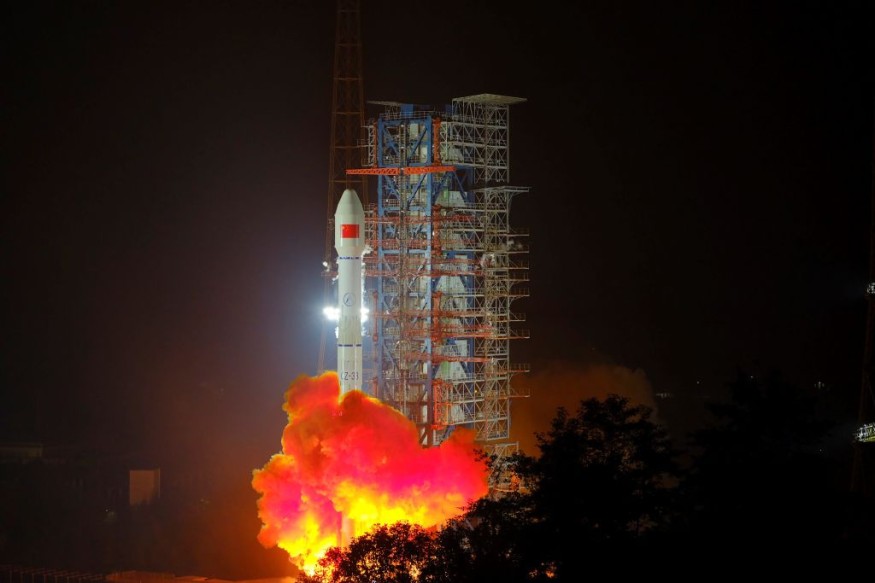Space officials located two probable "drop zones" for the Chinese rocket debris to fall near populated areas in the Philippines.
The Long March 7A (CZ-7A) rocket, which China launched that day from the Chinese Wenchang Space Launch Center, was the cause, according to a rocket debris notification from the Philippines Space Agency (PhilSA) on Sept. 13.
Chinese Rocket Debris Might Hit The Philippines
China launched the Long March 7A (CZ-7A) rocket from the Wenchang Space Launch Center in Hainan Island at 9:19 p.m. Philippine time, Manila Times reported.
After its Chinese counterpart issued a Notice to Airmen (NOTAM) on the launch, PhilSA claimed that it had validated the coordinates of potential drop zones for rocket debris and had communicated with the Civil Aviation Authority of the Philippines (CAAP).
PhilSA and CAAP found the drop Zones 1 and 2 were located by at a distance of 71 and 52 kilometers, respectively, from Burgos, Ilocos Norte and Sta. Ana, Cagayan.
PhilSA said that before the launch, they had provided other organizations with the data and other useful information.
Additionally, it urged residents to alert local authorities to any potential falling debris and issued a warning against coming into close contact with hazardous objects.

Not The First Space Debris Case
China's space programs have previously raised worries about uncontrolled atmospheric re-entry of rocket debris. A Chinese Long March 5B rocket's 22.5-ton core stage touched down in the Philippine seas on July 30. Debris was also discovered in Malaysia.
So, CZ-5B recap: signficant debris falls in Kalimantan, Indonesia and Sawarak, Malaysia (both on Borneo). No casualties or property damage reported, but debris is near villages and a few hundred metres either way could have been a different story.
— Jonathan McDowell (@planet4589) August 1, 2022
There were no recorded injuries, but the debris did drop close to settlements, and the outcome "might have been a different tale" if it had landed a few hundred meters in either direction, Harvard astronomer Jonathan McDowell noted at the time on Twitter.
The fourth mission of the new-generation model, which China launched for the first time in June 2016, was carried out by the Long March 7A rocket on Sept. 13.
Space Debris Risk On The Rise
Rockets are often built to perform controlled descents after releasing payloads into orbit, burning up in the atmosphere over a designated area of Earth, such as an unpopulated oceanic island.
However, the risk to people is rising. Scientists estimated in July that in the next ten years, there is a 10% possibility that one or more people may die as a result of space junk deorbiting and colliding with the ground. The results were released in the journal Nature Astronomy.
So far, this danger has been minimal, but as governments and the private sector launch more rockets, the likelihood of an accident is rising. Southern latitudes have relatively serious danger.
"While debris from CZ-7A is unlikely to fall on land features or inhabited areas in the Philippine territory, falling debris still poses a considerable threat to ships, aircraft, fishing boats, and other vessels that will pass through the drop zones," the space agency added per Newsweek.
RELATED ARTICLE : China Heads Toward the Reusable Rocket Trend Through its Long March 2D
Check out more news and information on Space in Science Times.











